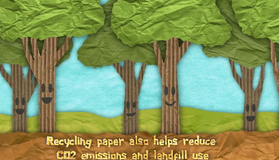How It’s Made -- Sugar
Next time you reach for a sugar bowl, tryto imagine that it was once so rare and expensive that it was called “whitegold”. Producing sugar from the sugar cane first took place in India. About 300 BC, Alexander the Great’s army reported seeing a reed that gives honeywithout bees growing there.
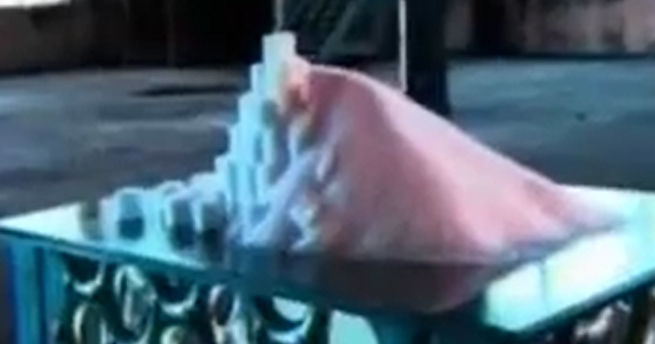
This table sugar has many names: milk white, plantation white and crystal sugar, but it all comes from the sugarcane. It looks a lot like bamboo with fully grown stocks that can measure up to 6 metershigh. Here in the field a worker pares away the husk from a stock of sugarcane, then chews the cane’s raw pulp to extract the stock’s sweet juice.
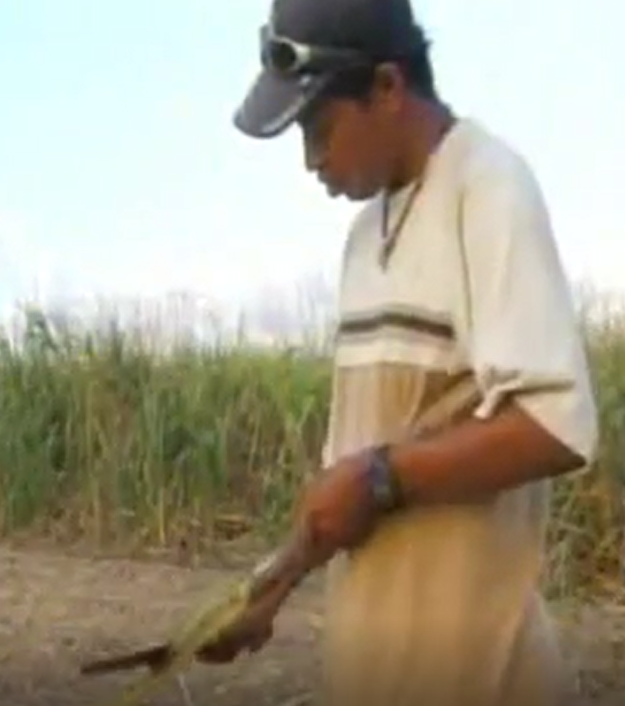
This machine harvests the cane by cuttingat the base. Rotating scrolls feed the cane to the chopper drums inside. Asthey chop the cane, a fan blows the lighter leaves and tops back onto thefield. The heavier links of the cane drop into the base on the conveyor whichfeeds them into the transport bin that follows alongside. Trucks rapidly transport the cut cane to the sugar mill for processing. Once cut, sugar canebegins to lose its sugar content and damage to the cane during harvesting accelerates the decay.
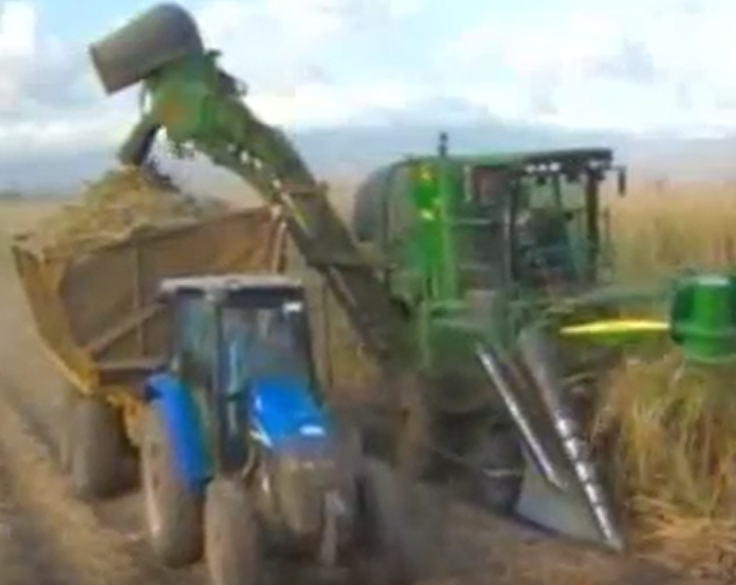
At the mill, trucks empty their load onto areceiving table. It feeds a belt conveyor that takes the cane through two separate washers. The cane must be as clean as possible before extracting the juice. But first, the cane’s hard structure is broken down inside this crusher where rotating hammers break the cane into small pieces. A conveyor loads it into a milling tandem designed to extract the sweet juice from the crushed canes. In this milling tandem, the cane passes through a series of five or more consecutive mills, large cylinders compress the cane fiber. The juice pours out of the milling tandem and diverts into a channel away from the bagasse, the dry pulp that remains after extracting the juice. A worker supervises the operationat each of the mills. A vat collects the juice that flows from the top and bottom of the mills.
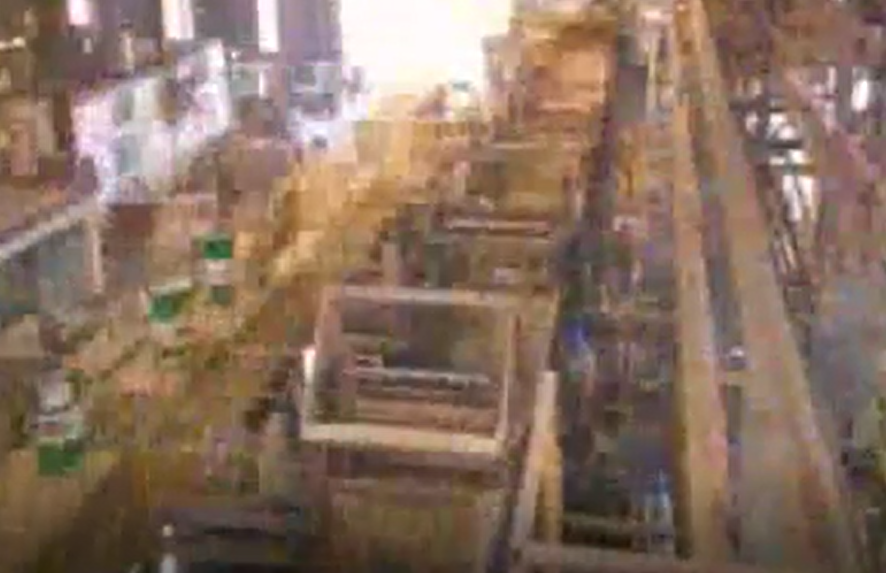
Now that the juice is extracted from the sugar cane, it’s time to process it. However before turning the juice into sugar crystals, a sample goes through a series of tests at the sugar mill’s laboratory. First a technician adds a thicker that binds to impurities in the juiceand then filter it to obtain a clear clean juice. Then he pours it into a polarimeter, a machine that measures the concentration of sugar.
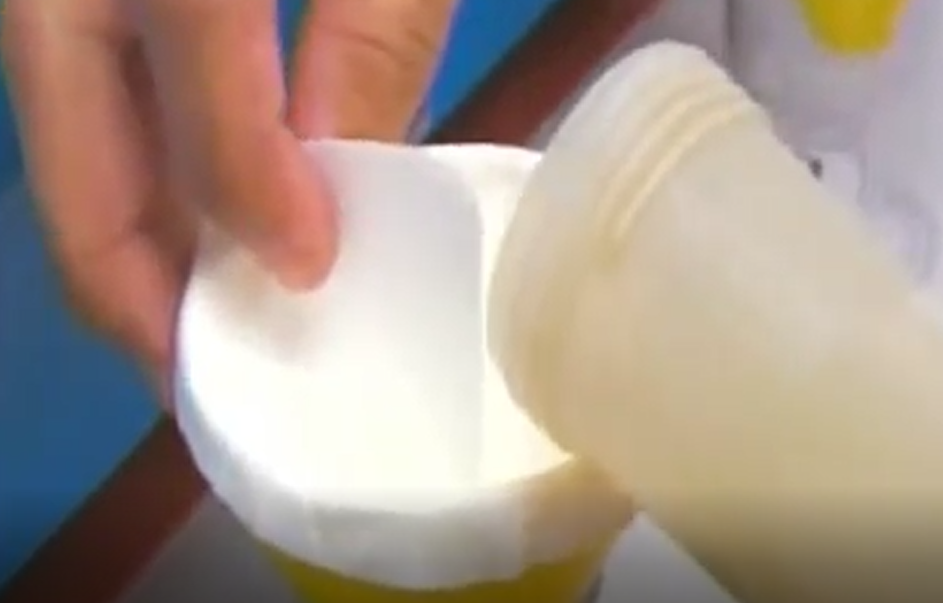
The juice from the mills now falls through the 10 meter high tower sulfur dioxide vapors rise through it. This process known as sulfonation bleaches the juice.
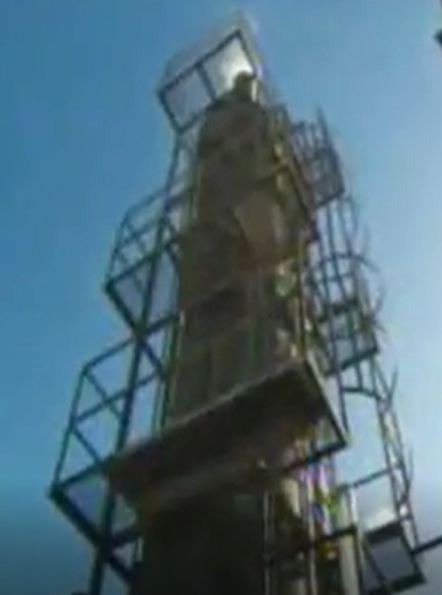
Then the juice flows through a device that measures its pH level. While at a separate vat, workers add the powder limeto water preparing a solution to which they will then add the juice. An agitator makes the cane juice and lime solution for about six hours to complete the process called alkalization. It regulates the juice’s pH level and helps clarify it. In the reaction to the lime, the juice color changes from brown to yellow. Next, the juice goes into this clarify tanks. It takes over two hoursfor the juice to settle and for the impurities to fall to the bottom of thet ank. A sample taken from the tank shows how the sludge collects at the bottom,while the clarified juice collects at the top. Next, we’ll see how this clarified juice transforms into flowing crystals of white sugar.
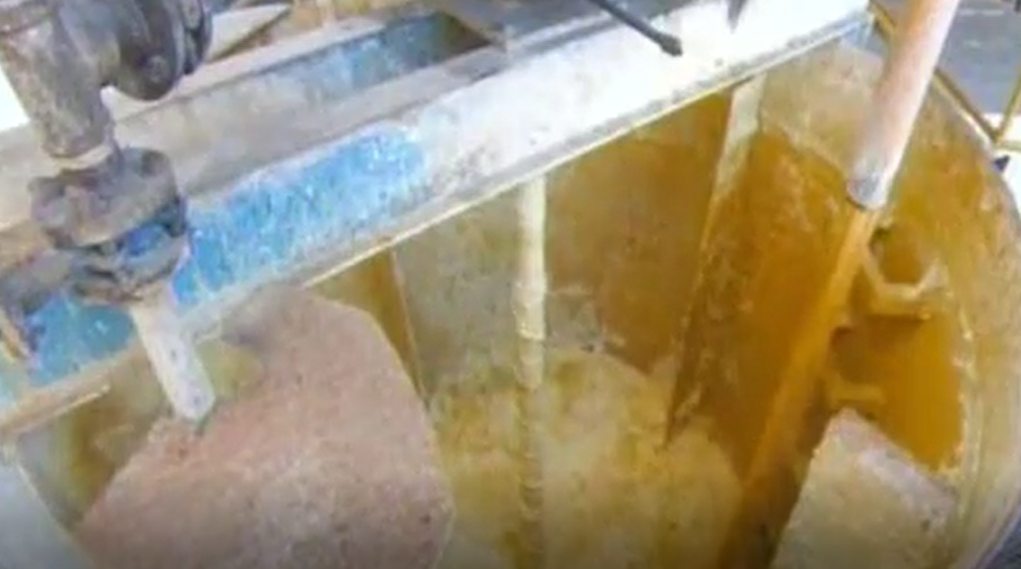
Workers filter the residue known as mud. There’s no waste here. The mud will fertilize the cane fields, and the bagasse will be burned as fuel. The clarified juice collected from the clarifier tanksnow boils in a series of evaporators. This brings the concentration of the sugar in the juice up from 15 percent to 60 percent. Then the juice collects in15 ton tanks to clarify even more. Any sediment left in the juice floats to thetop. A rotating paddle skims this residue off to the side to the tank.
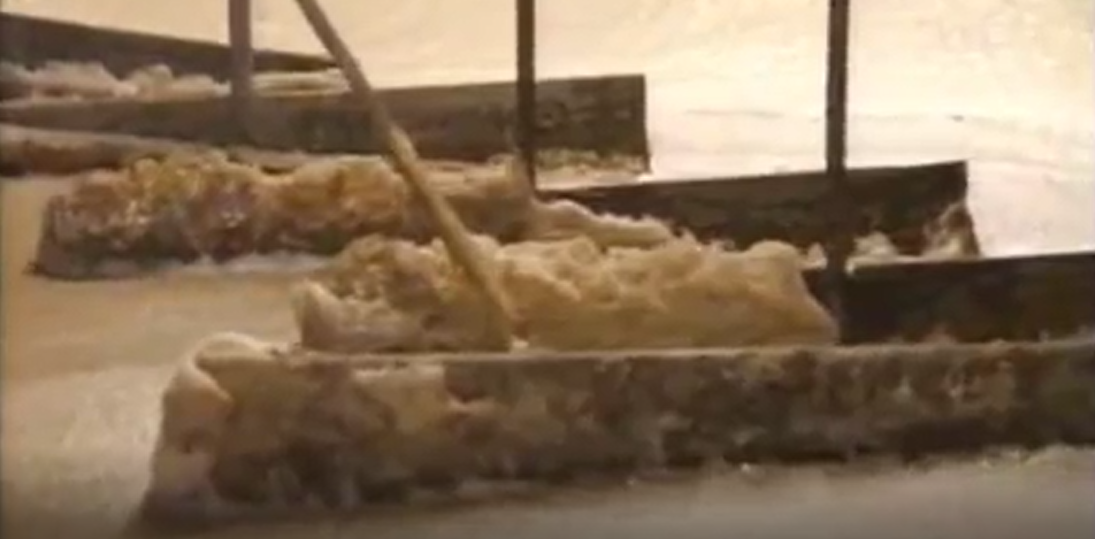
These tanks produce type of syrup that goes on for still more processing. Workers nowpour microscopic sucrose crystals suspended in alcohol into the syrup. This milkysolution binds to the sugar present in the syrup and helps dried out. Next, itall boils in large vacuum pans forming sugar crystals. As the water in thesyrup boils away, workers regularly check to see how the sugar iscrystallizing. The goal is to produce a thick crystallized paste known as massquilt. It then goes into a high-speed centrifugal machine to remove the sugarcrystals from the uncrystallized syrup. Inside, the sugar spins at 1200 revolutions per minute. This action draws the molasses to the outer shell ofthe machine, while the crystals remain in the inner basket.
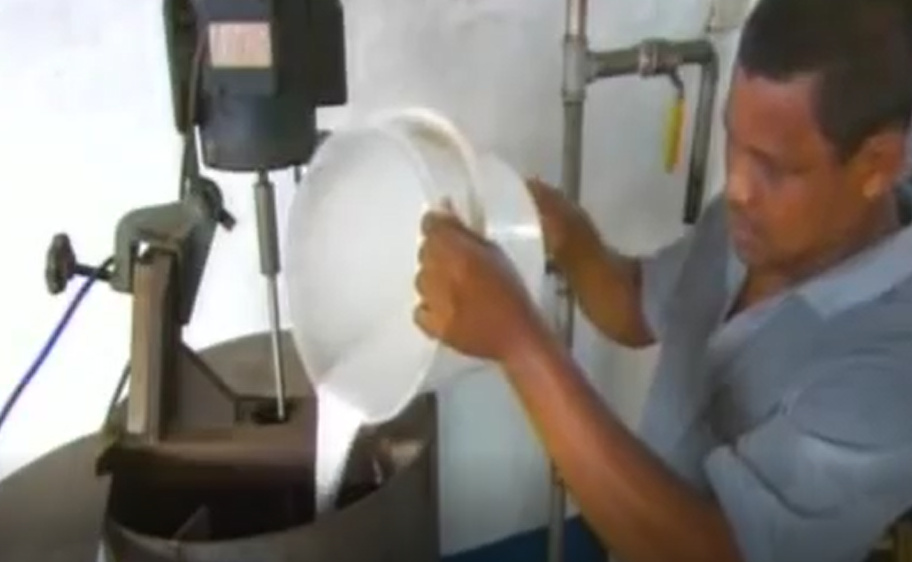
Sprays of water wash the crystals, then thewater is drawn out, so that only the crystals remain. This centrifuge worksmuch the same way as a washing machine set on the spin cycle. It draws moisturefrom the sugar, much like you dry out the wash water from a load of laundry.
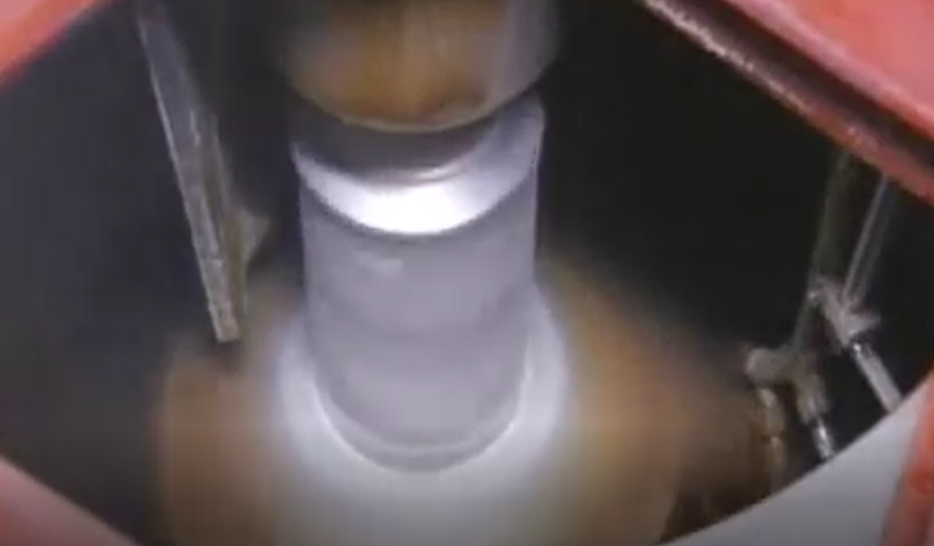
Next, a conveyor belt carries the sugarcrystals out of the centrifuge. This mill produces raw sugar which has a highermolasses color and is unbleached. And plantation white sugar which has lessmolasses and is bleached a brilliant white. The sugar on the conveyor now goesinto a large dryer. Hot air blows into this dryer to bring the sugars humiditylevel down to 0.02 percent, that standard for table sugar.
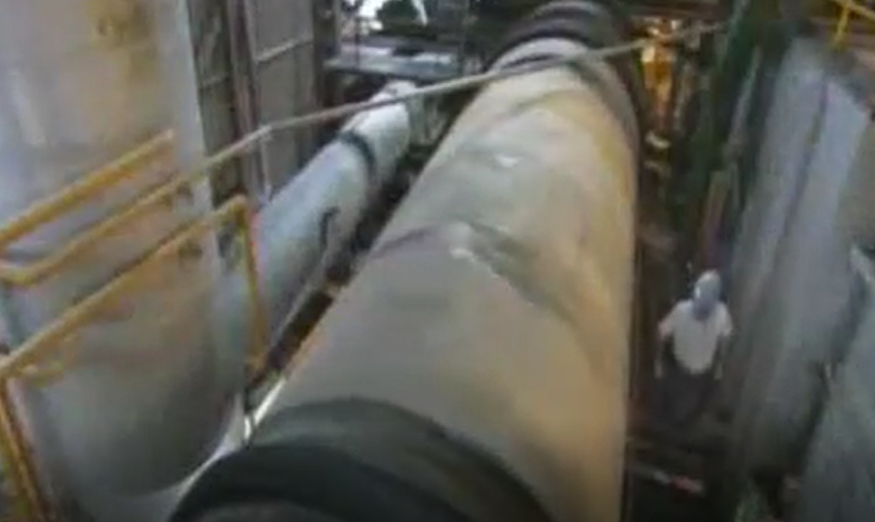
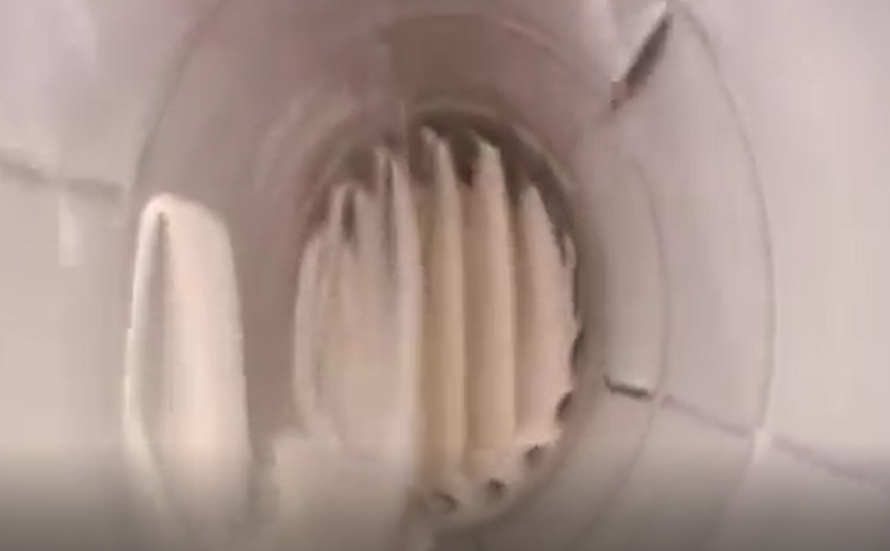
The dry sugar pours outof the dryer into a bag on a scale. It’s full when it weighs in at one thousandkilos. The hoist then carries the bags to a platform at the far end of thepacking facility at three thousand kilos, that’s a heavy load. It lowers eachbag over a chute that leads to the factory’s main floor. Workers carefully openeach bag in turn, and pour out the sugar directly into the chute. It feeds anautomated packaging machine which fills a series of two-kilo plastic bags,seals them and separates them. This packing facility produces 200,000 bags aday, that means processing 400 tons of white sugar daily. This fine plantationwhite sugar is available in a variety of convenient packaging options, and thatshould sweeten anyone’s day.
